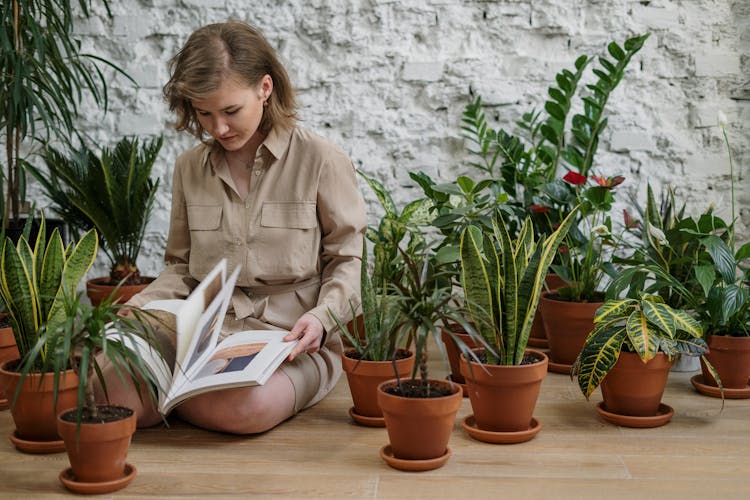Caring for indoor plants is a rewarding endeavor that brings nature into your home, improving air quality and adding a touch of greenery to your living space. Whether you're a seasoned plant lover or just starting out, here are some essential tips to help you keep your indoor plants thriving.
1. Choose the Right Plants
Not all plants are suited for indoor environments. Opt for plants that can thrive in lower light and stable indoor conditions. Some great options include:
- Snake Plant (Sansevieria): Known for its resilience, it can tolerate low light and irregular watering.
- Pothos (Epipremnum aureum): Easy to grow and maintain, perfect for beginners.
- Spider Plant (Chlorophytum comosum): Adaptable to various light conditions and excellent for air purification.
- Peace Lily (Spathiphyllum): Prefers low light and helps filter indoor air.
2. Understand Light Requirements
Light is crucial for plant growth. Most indoor plants prefer indirect light, but the specific needs can vary:
- Low Light: Snake Plant, ZZ Plant, Pothos.
- Medium Light: Spider Plant, Philodendron, Peace Lily.
- High Light: Fiddle Leaf Fig, Succulents, Cacti.
Position your plants near windows where they can receive the appropriate amount of light. If natural light is insufficient, consider using grow lights.
3. Water Wisely
Overwatering is a common mistake that can lead to root rot and other issues. Here’s how to water your plants correctly:
- Check the Soil: Stick your finger an inch into the soil. If it feels dry, it’s time to water.
- Watering Schedule: Most indoor plants prefer to dry out slightly between waterings. Adjust your schedule based on the plant’s needs and the season.
- Drainage: Ensure pots have drainage holes to prevent water from accumulating at the bottom.
4. Maintain Humidity Levels
Indoor environments can be dry, especially with air conditioning or heating. Some plants, like ferns and tropical varieties, thrive in higher humidity:
- Misting: Lightly mist your plants with water to increase humidity.
- Humidity Tray: Place a tray filled with water and pebbles under the plant pot.
- Grouping Plants: Grouping plants together can create a microenvironment with higher humidity.
5. Regularly Clean Your Plants
Dust can accumulate on leaves, blocking light and affecting photosynthesis. Clean your plants by:
- Wiping Leaves: Use a damp cloth to gently wipe the leaves.
- Showering Plants: Occasionally, place your plants in the shower and give them a gentle rinse.
6. Fertilize Appropriately
Indoor plants need nutrients to grow. Use a balanced, water-soluble fertilizer:
- Frequency: Fertilize every 4-6 weeks during the growing season (spring and summer). Reduce frequency in the dormant season (fall and winter).
- Type: Use a balanced 10-10-10 (N-P-K) fertilizer for general use, or specialized fertilizers for specific plants.
7. Prune and Repot as Needed
Regular pruning helps maintain plant shape and encourages new growth:
- Pruning: Remove dead or yellowing leaves and trim leggy growth.
- Repotting: Repot your plants every 1-2 years to refresh the soil and provide more space for roots to grow.
8. Monitor for Pests
Indoor plants can be susceptible to pests like spider mites, aphids, and mealybugs. Regularly inspect your plants and:
- Isolation: Isolate new plants for a few weeks to ensure they’re pest-free.
- Natural Remedies: Use neem oil or insecticidal soap to treat infestations.
- Regular Checks: Keep an eye out for any signs of pests and treat promptly.
Caring for indoor plants can be a fulfilling and therapeutic hobby. By choosing the right plants, understanding their needs, and providing proper care, you can create a thriving indoor garden that enhances your living space and well-being. Happy planting!
